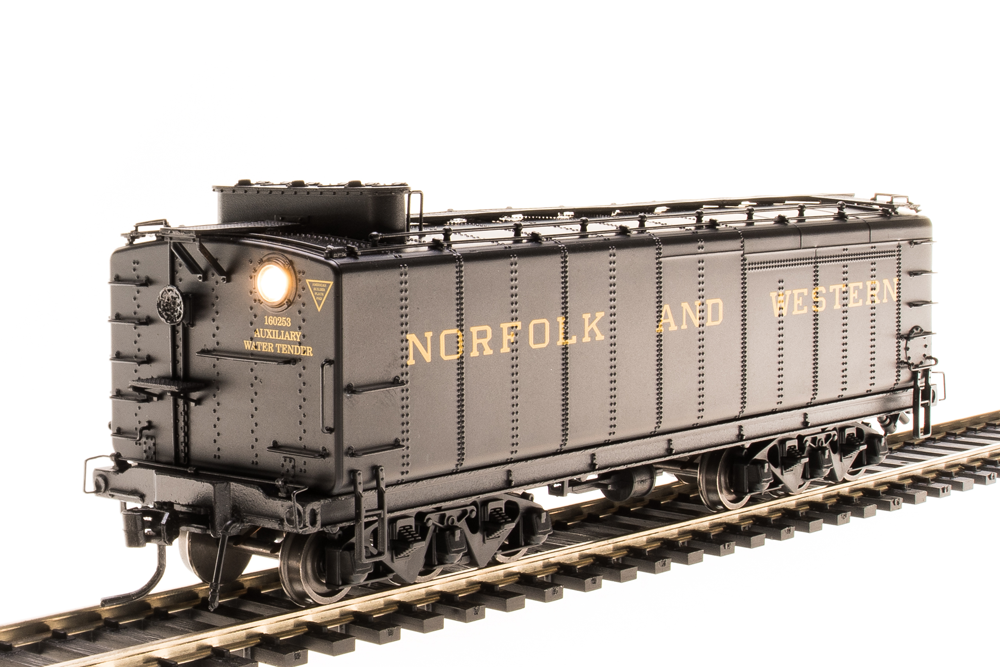The book, "Steam Locomotives of the Burlington Route" by Bernard G. Corbin & William F. Kerka, Copyright 1960, Printed by Thomas D. Murphy Co., Red Oak, Iowa. Probably long out of print, but maybe you could locate a copy on the internet. The Burlington Route Historical Society might have more information from a back issue of the Bulletin. You might also look up Burlington 2-10-4's on Google. The other book that describes the M-4 in limited detail, but has information about almost all 10-wheel driver steam locomotives is "Age of the Decapods" by Robert A LeMassena & Harold K. Volrath, published by the Colorado Railroad Museum Copyright 2010. Again, I don't know if they still have any available. Hope this helps.


